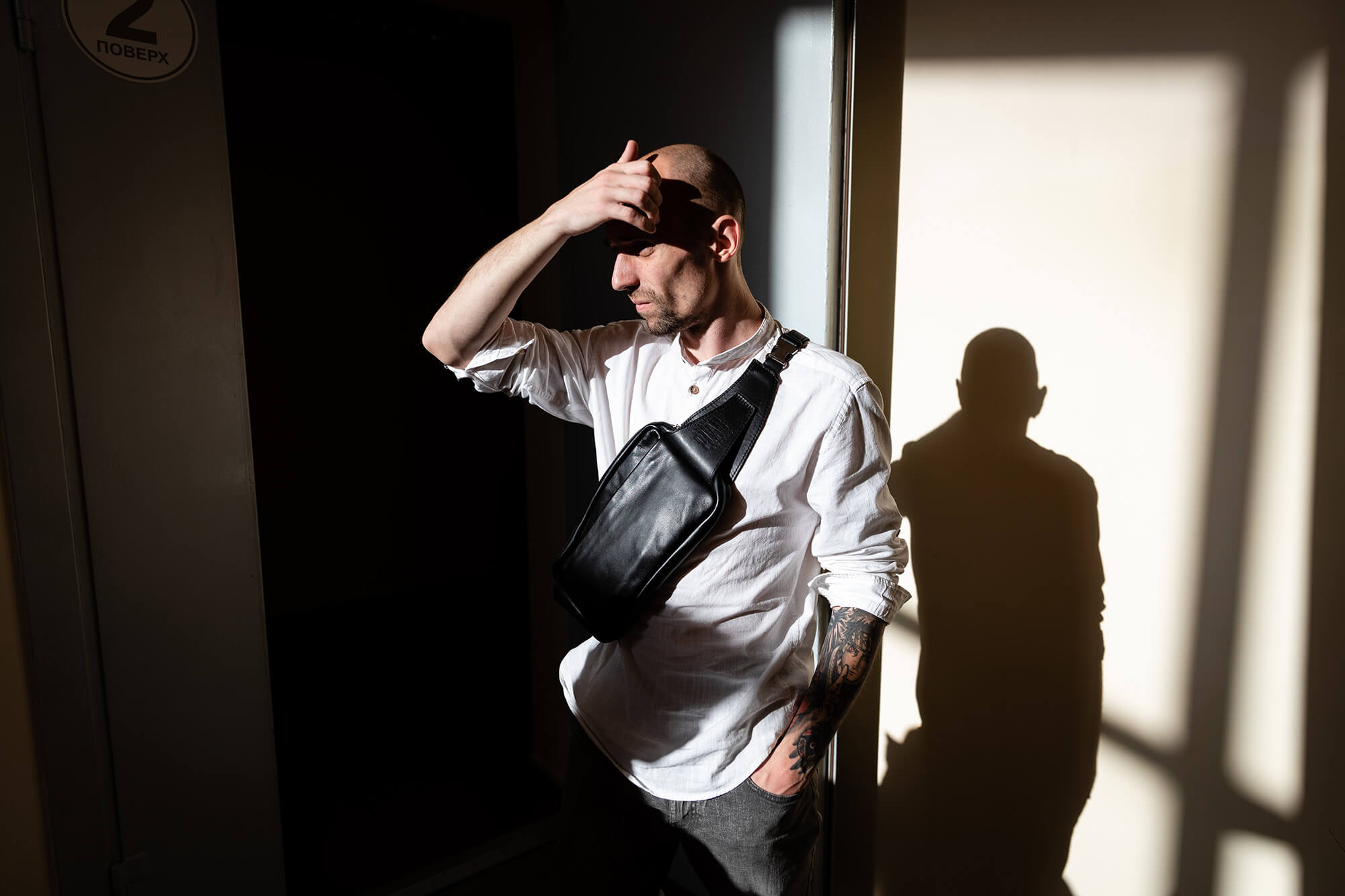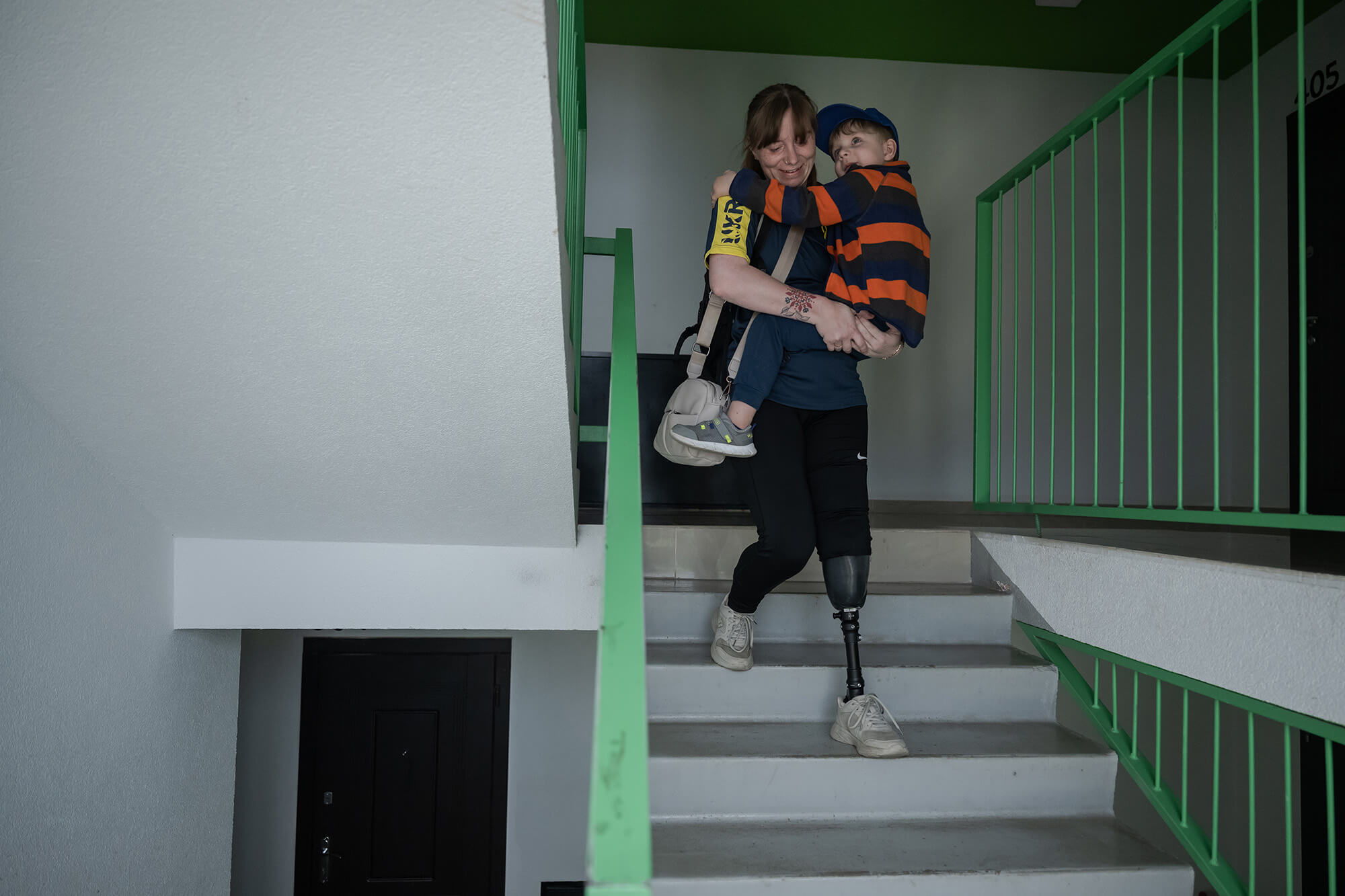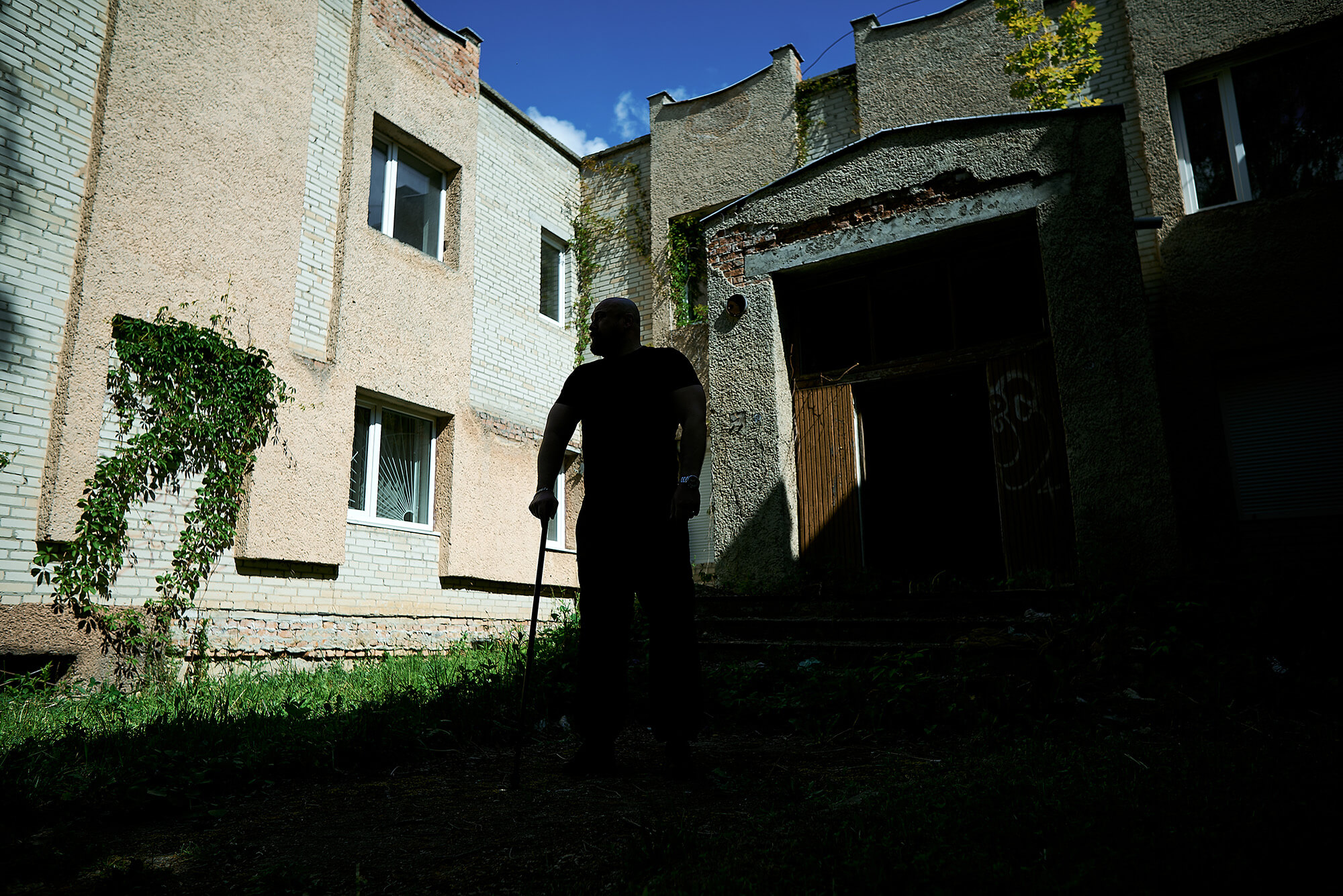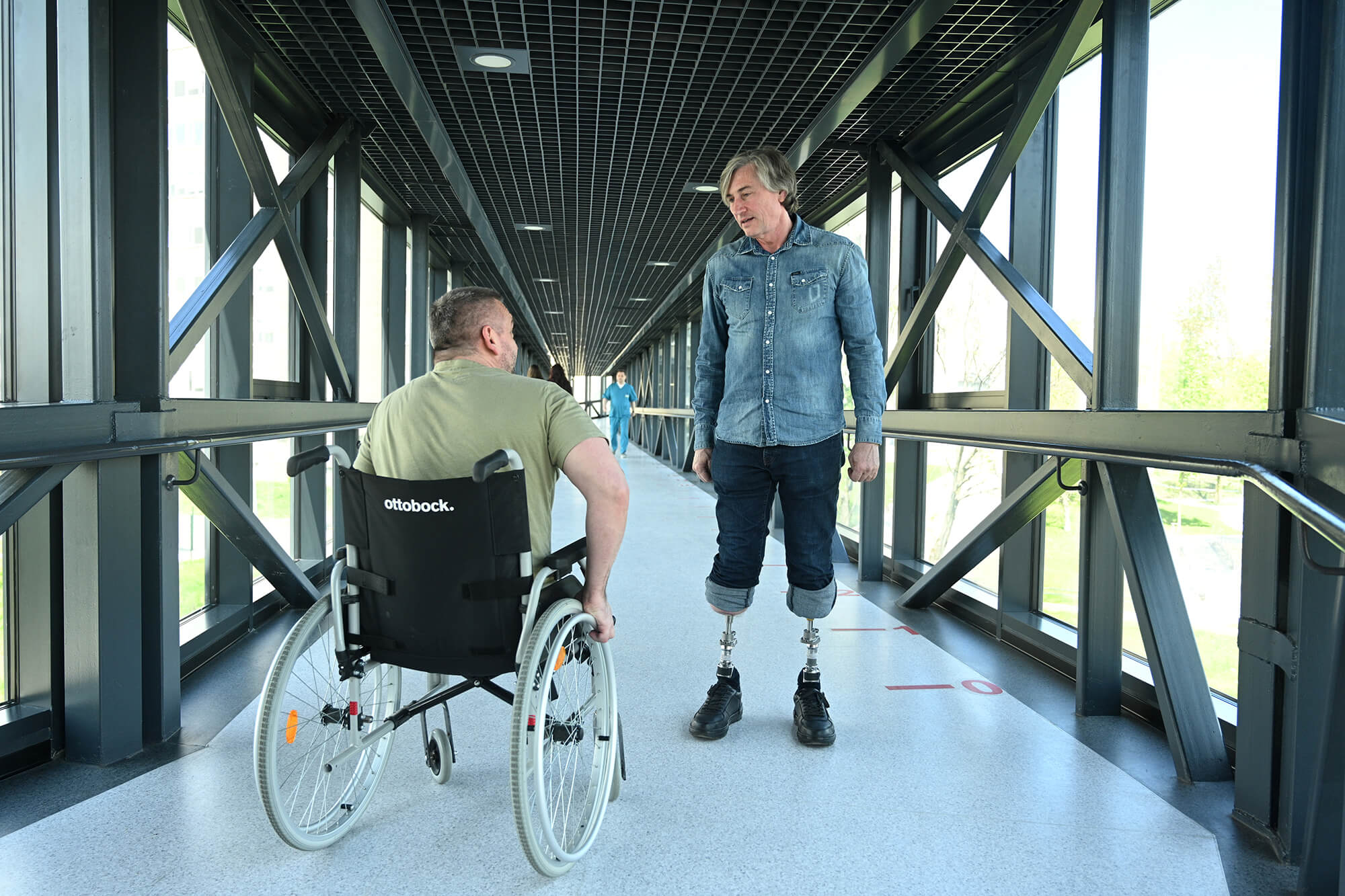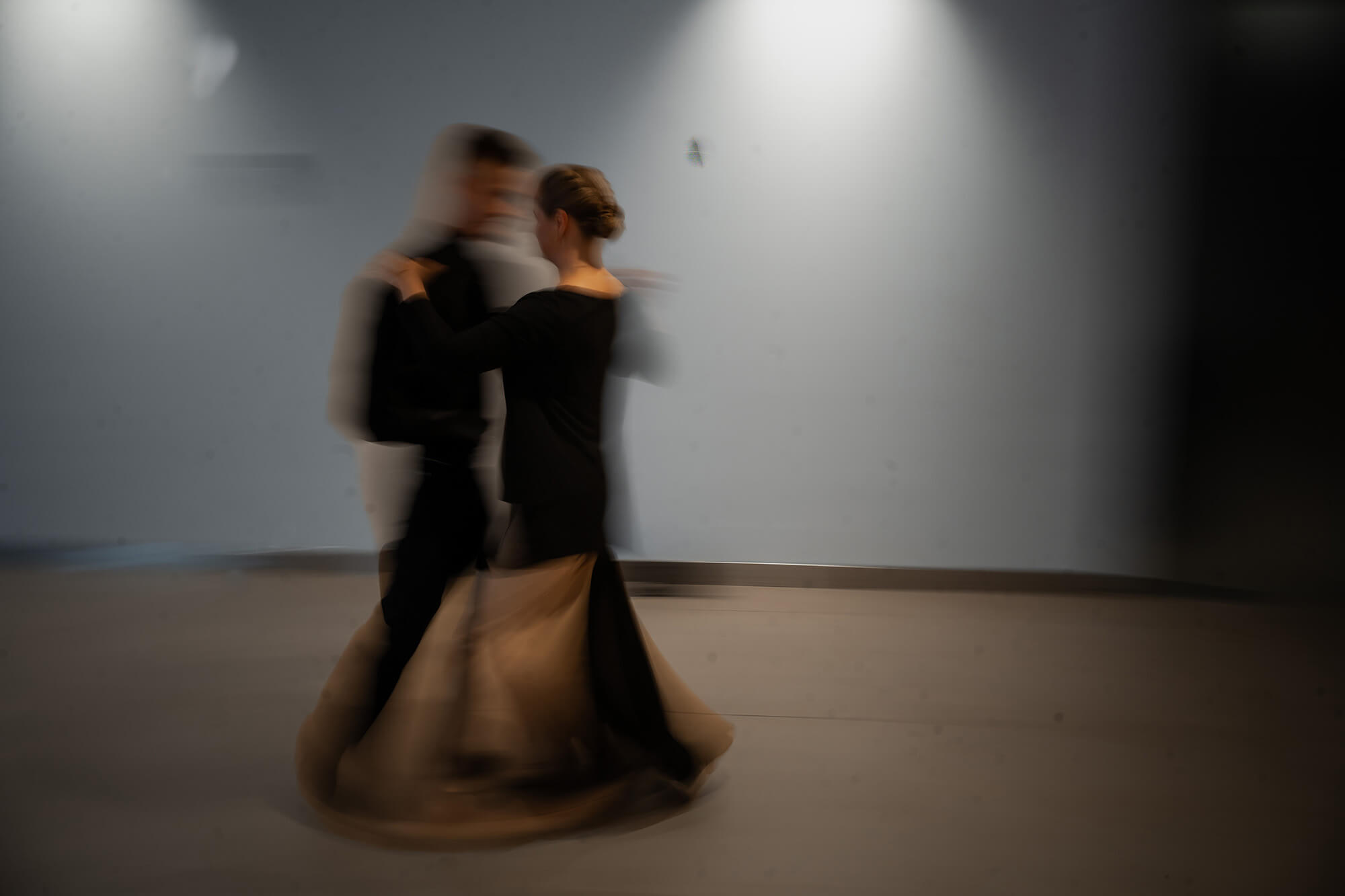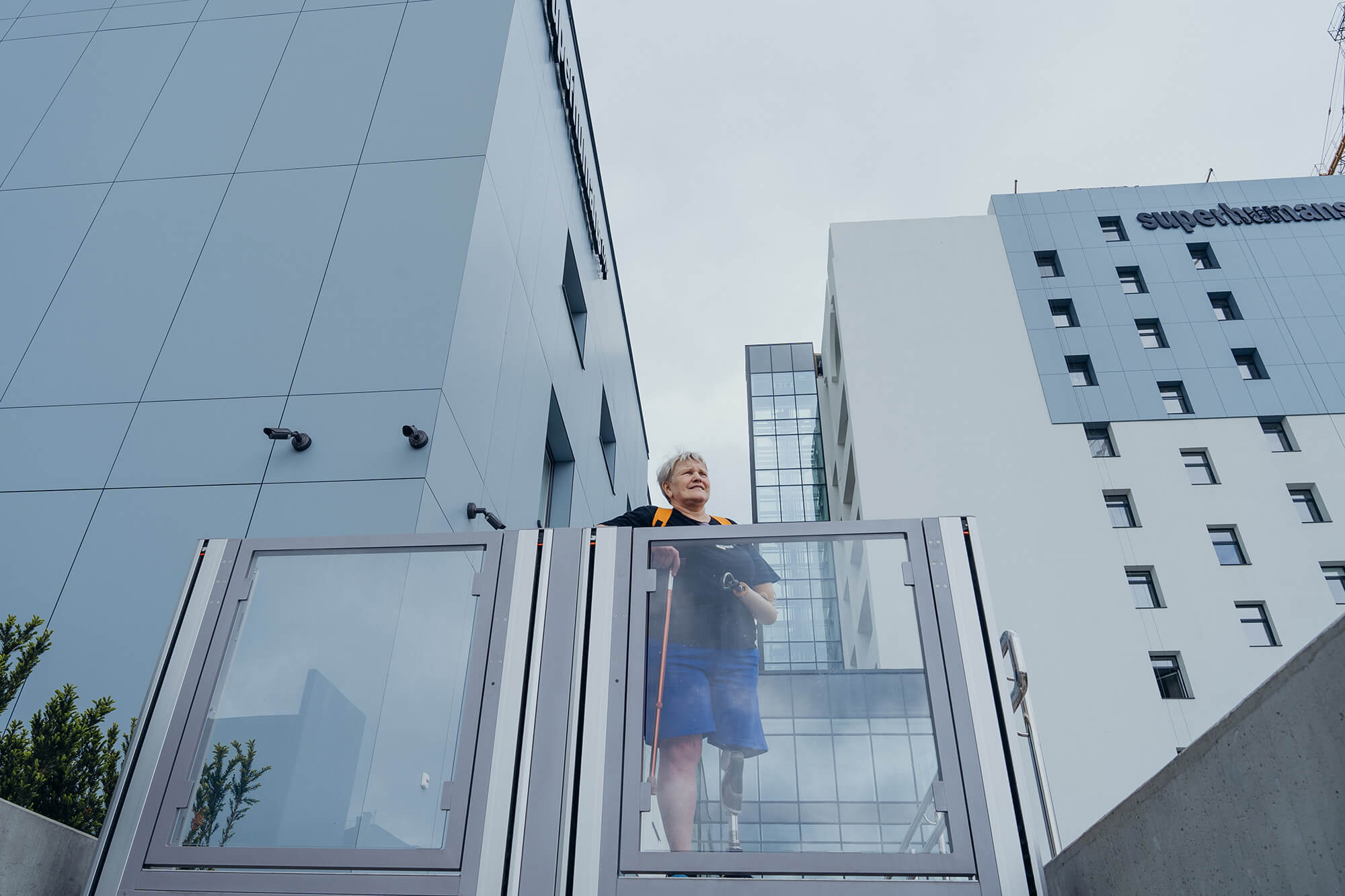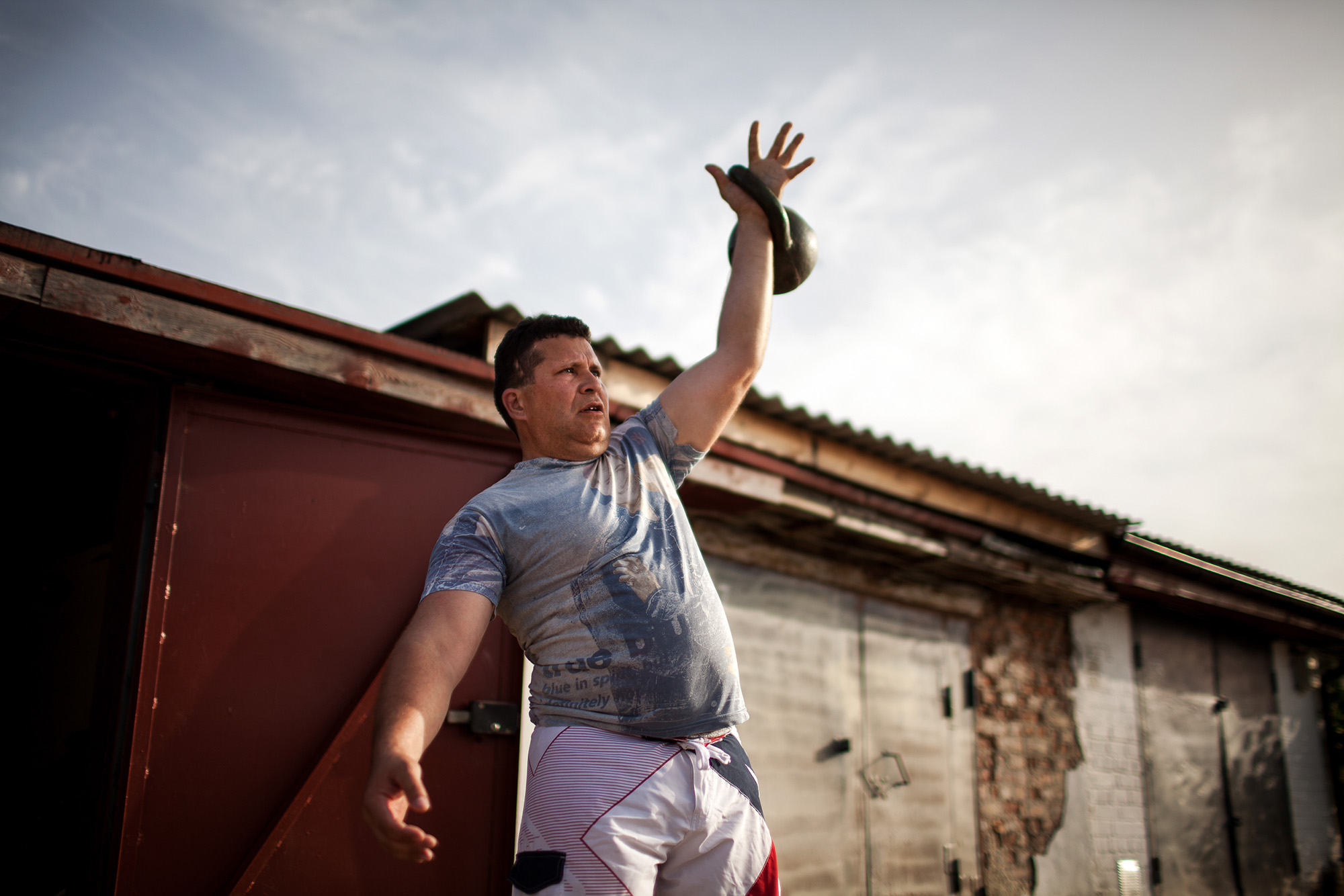
Adult Traumas
Igor Yefimov has been a documentary photographer for almost ten years. The artist behind solo and group exhibitions held around the world—in particular Belarus, Moldova, Croatia, Poland, Austria, the US, and other countries—he has won international contests and festivals of street photography.
From the start of the Russian-Ukrainian war, Igor has been looking for subjects he could use to tell a wide audience about this war. He visited the East a few times where in one of the units he got to know the hero of this photostory, Oleksandr Khodos.
“Oleksandr’s father was in the military and spent some time serving in Kazakhstan. While living there, young Sashko was seriously injured—horse kicked him in the head. Strange as it may be, many years later, this saved a now adult Oleksandr’s life. Just like his father, he joined the military and in 2014 he was sent to the Donbas. There he came under artillery fire and shrapnel broke his occipital and temporal bones, brushing against his brain. Injuries like this are rarely survived, but thanks to his childhood trauma, Oleksandr lived.
“This story include photos from Amvrosiivka in the Donetsk region, Cherkasy, and Kyiv. They show the process of rehabilitation, daily life, his family, and going to hunt for mushrooms together. I became Oleksandr’s friend and he stopped paying attention to the camera.
My favorite photo is the one of Oleksandr hugging his daughter. This shot reveals another facet of the strong soldier. I see this photo as the last in the series: it is my optimistic end to a story that holds hope for victory and a way out of any tough situation.
“I’m not even so much impressed by Oleksandr’s story as by his attitude to what he has lived through, his thirst for life, and his willpower. This is not a series of photos about an injured soldier—it is a story about a struggle and the power of spirit.”
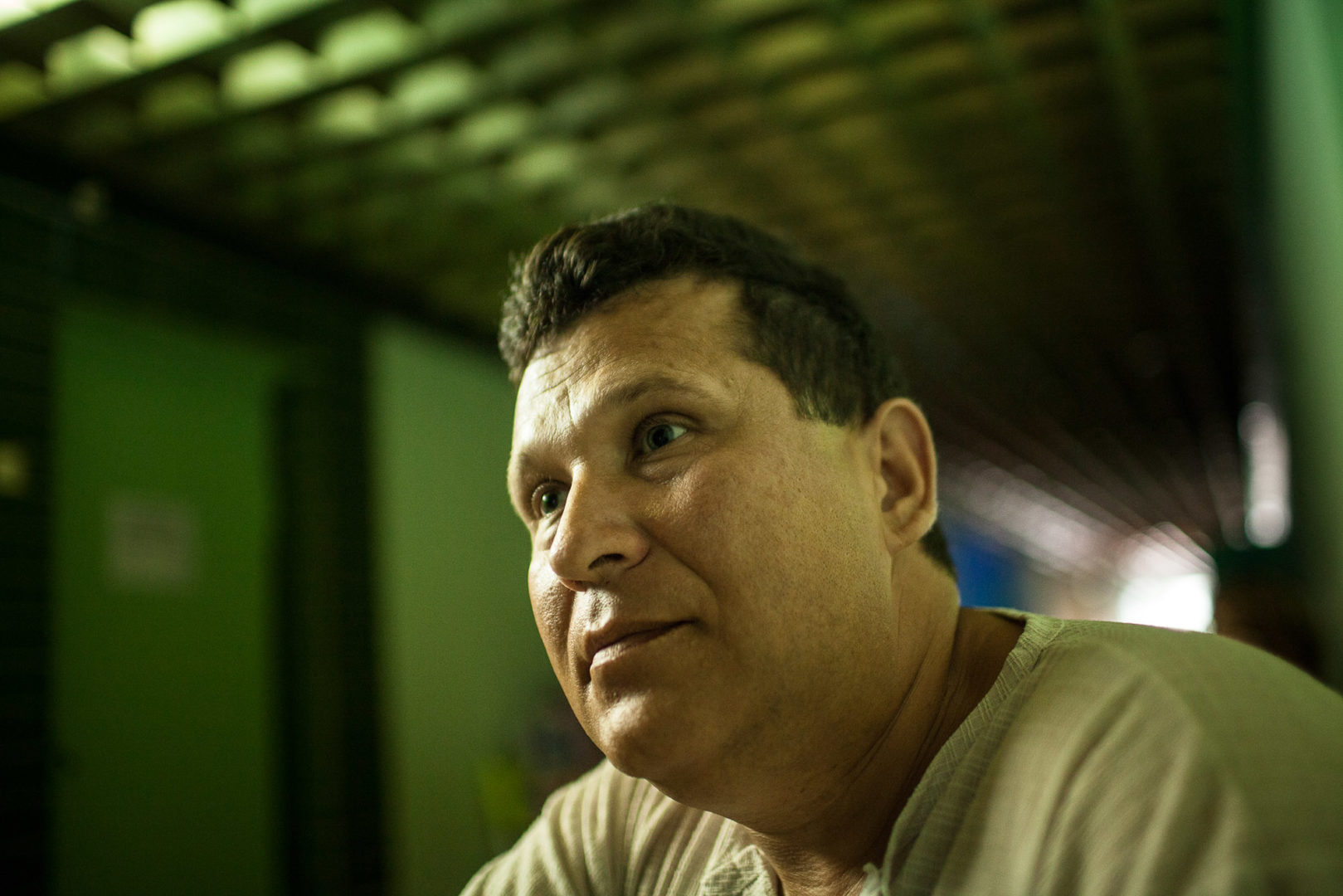
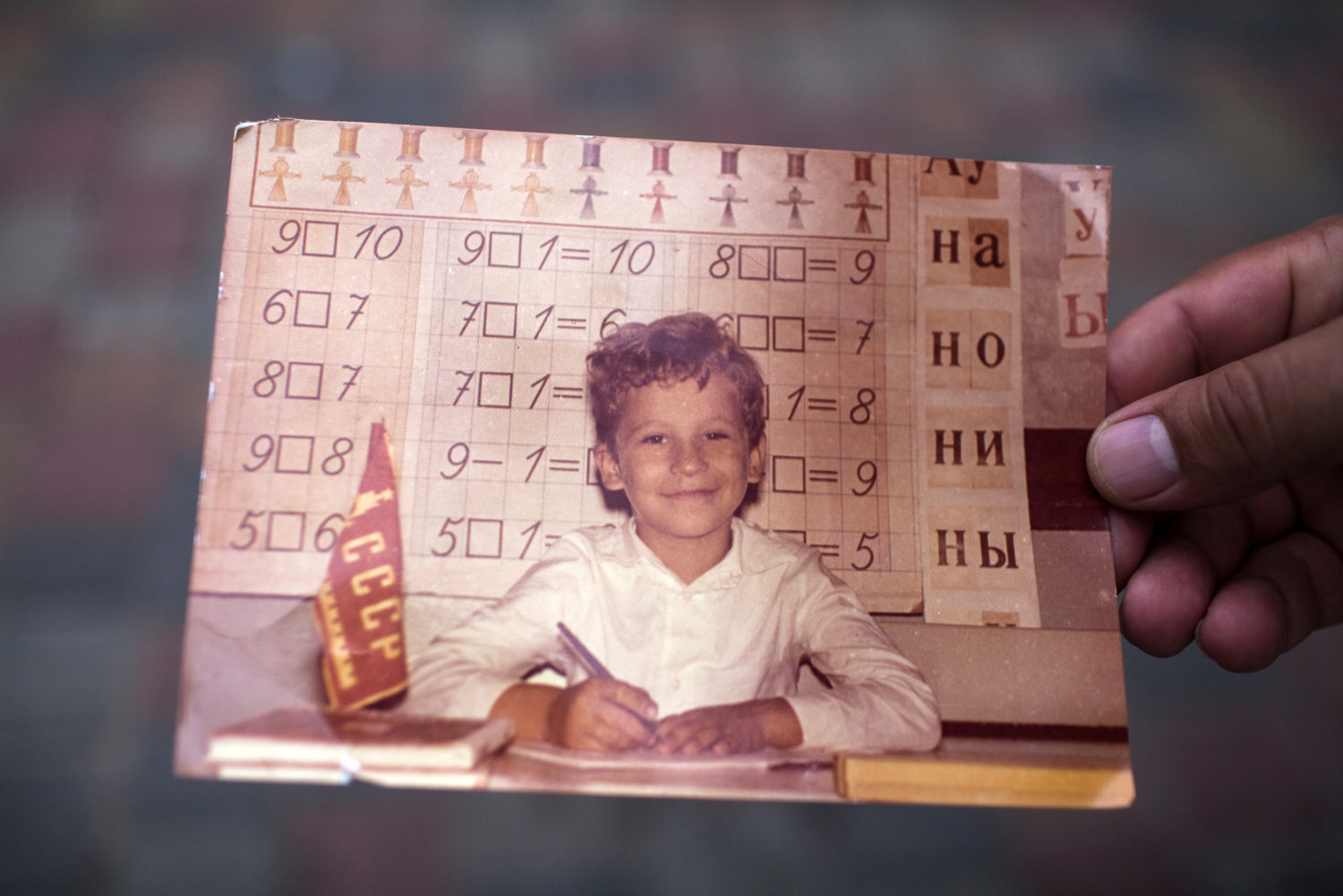
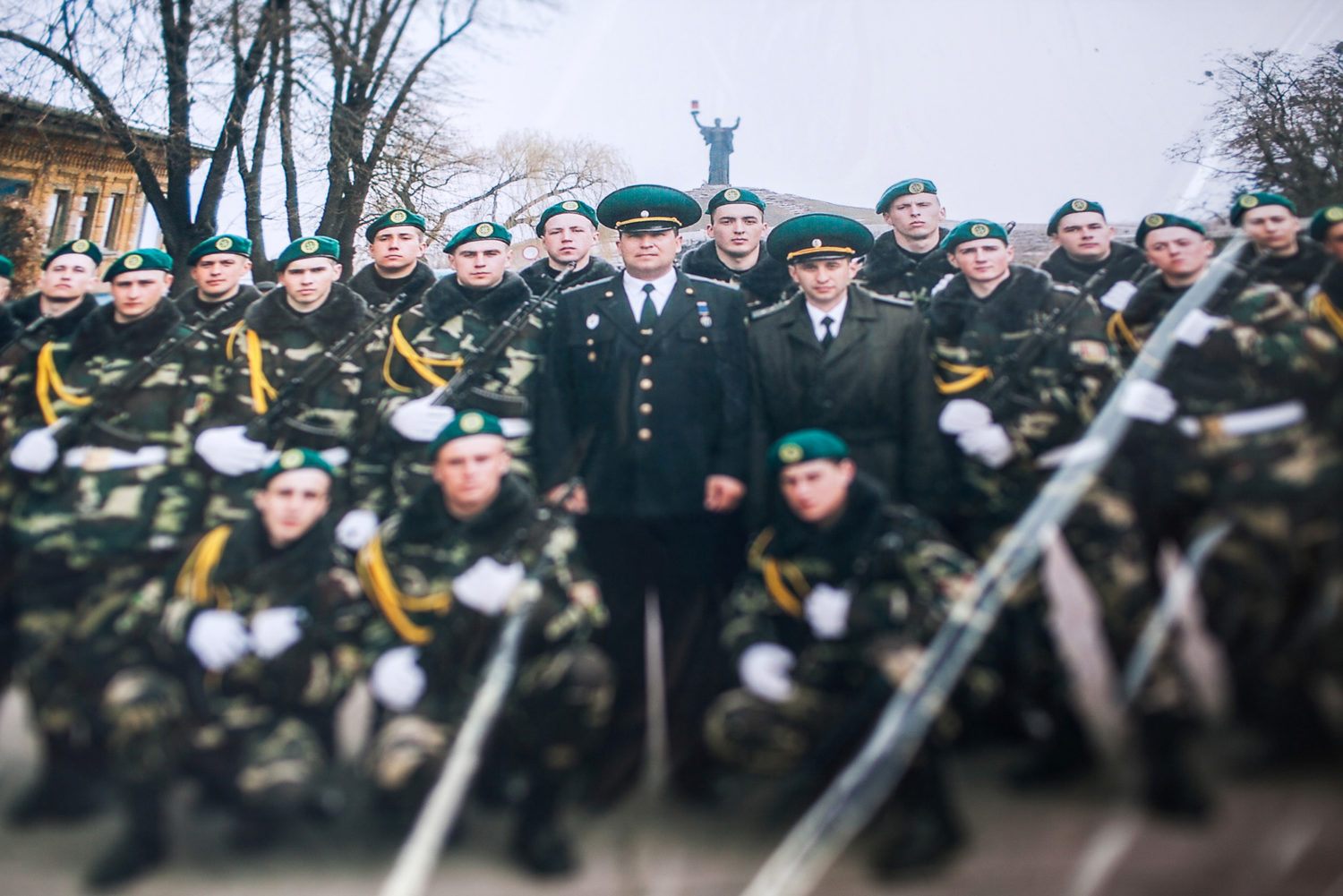
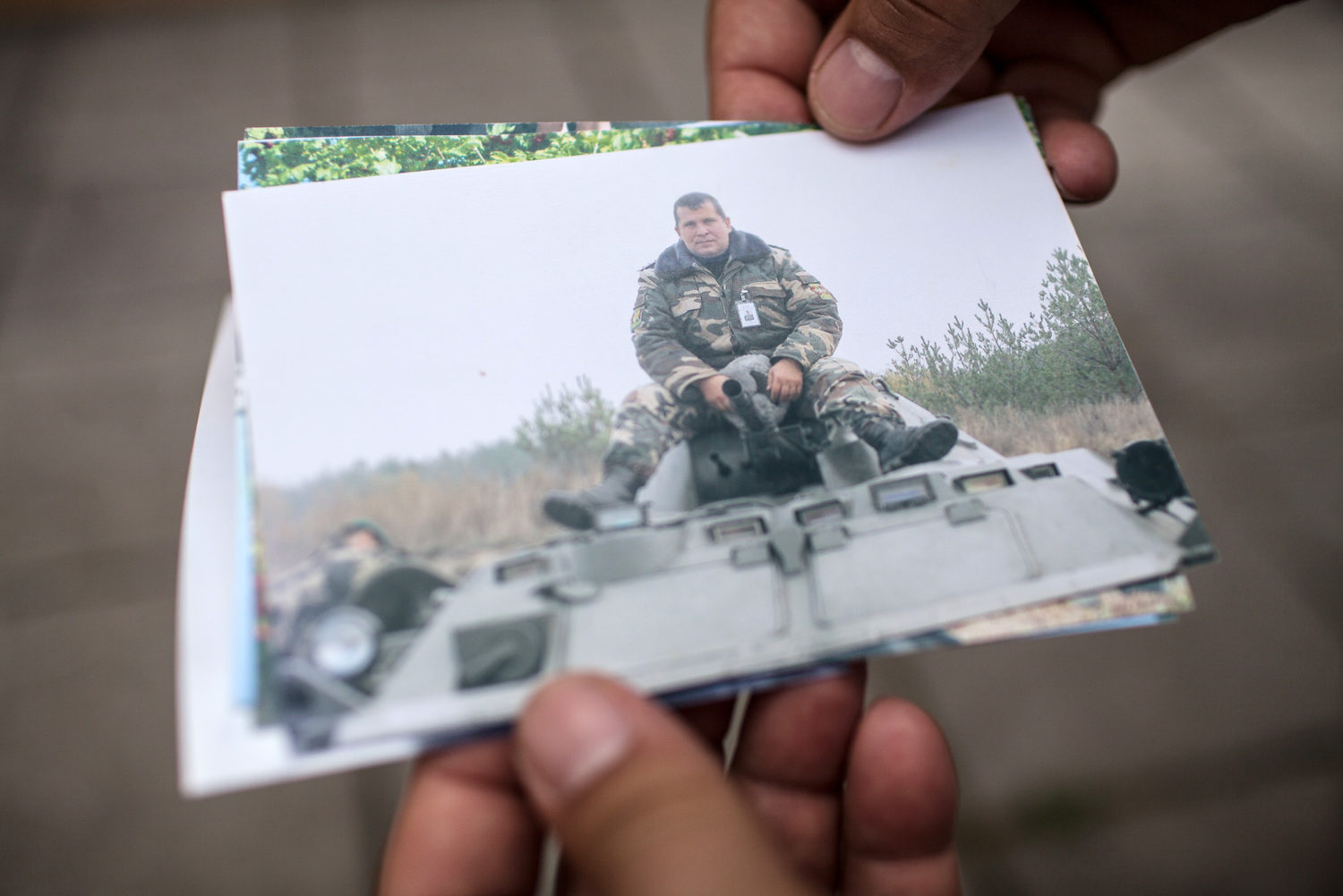
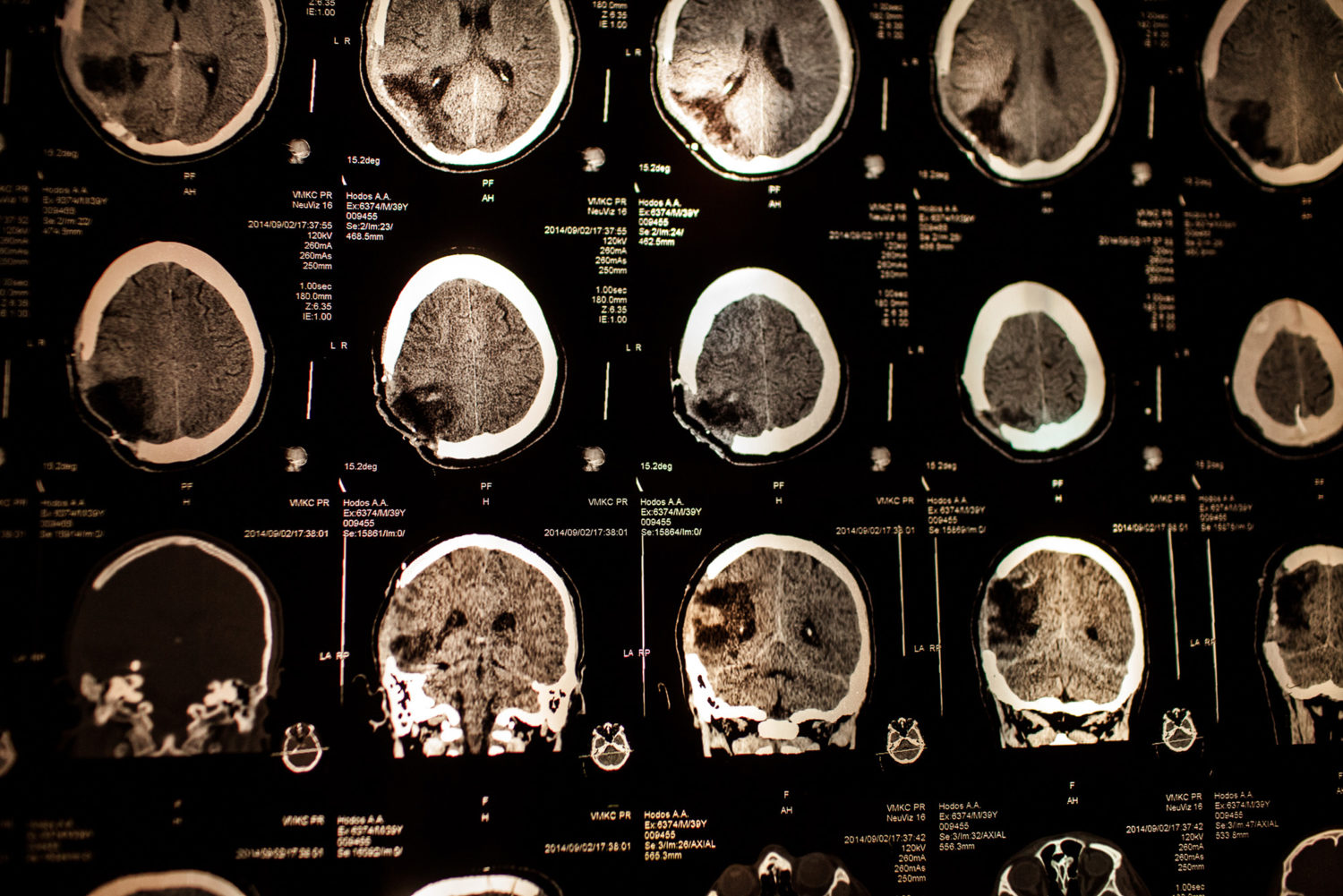
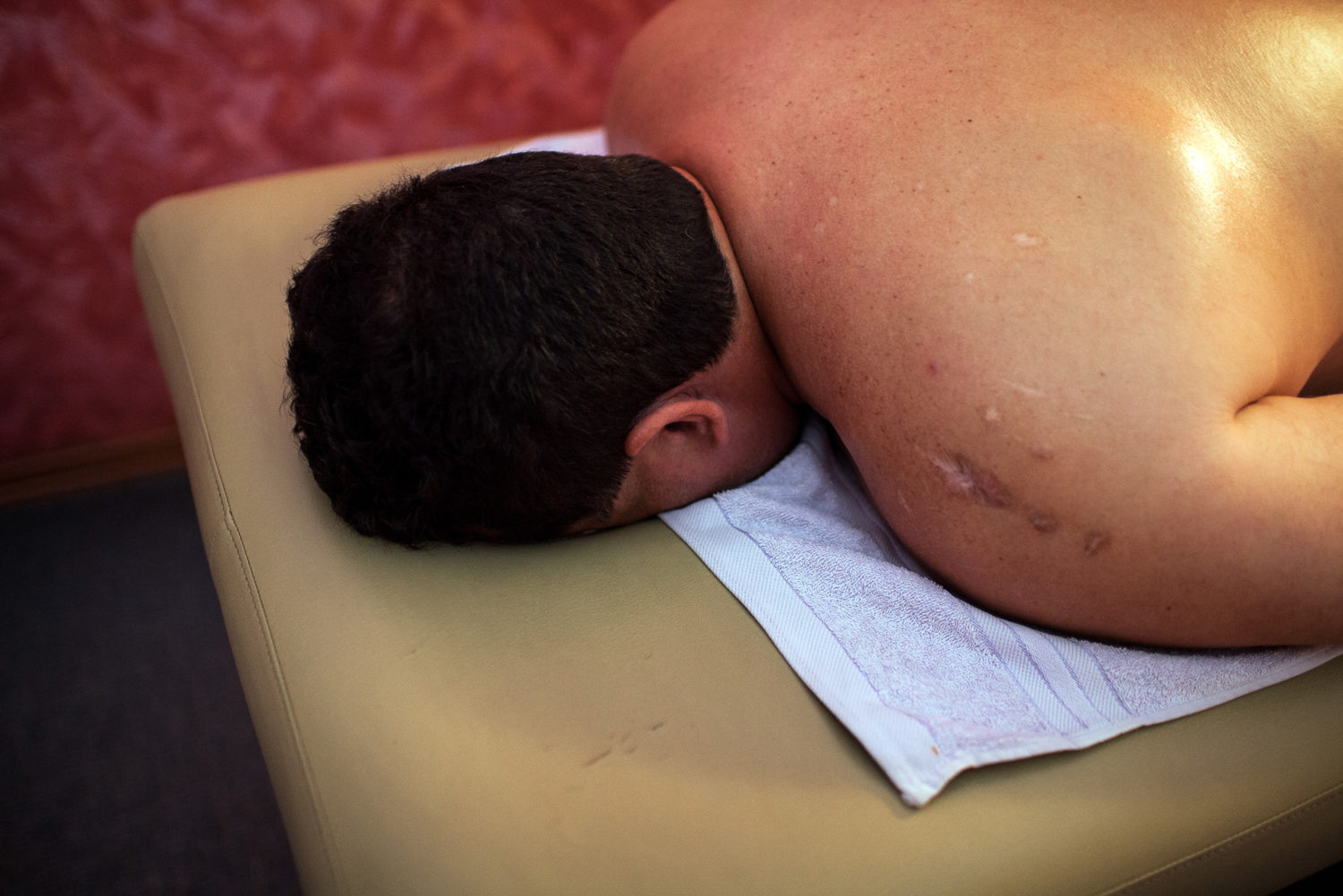
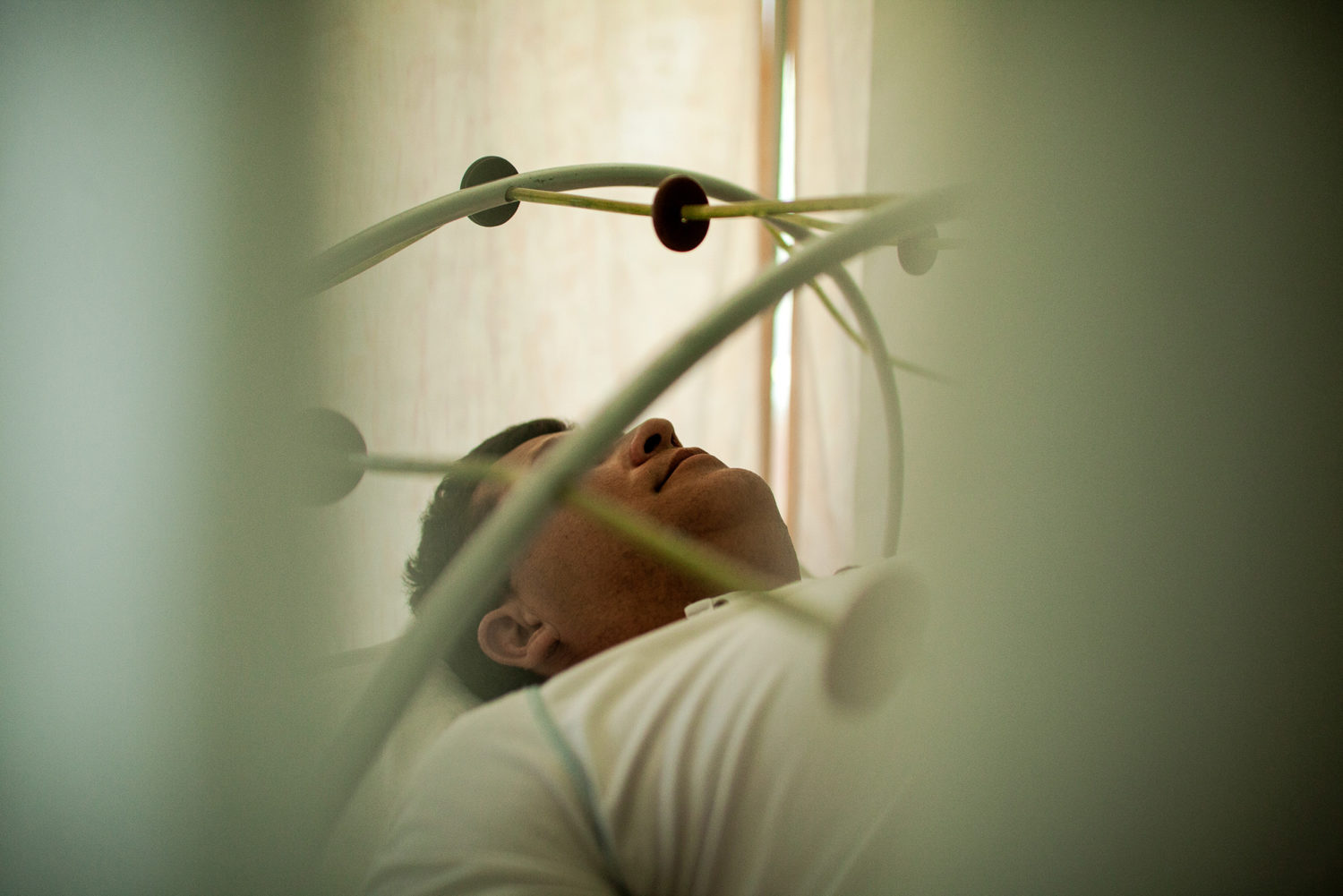
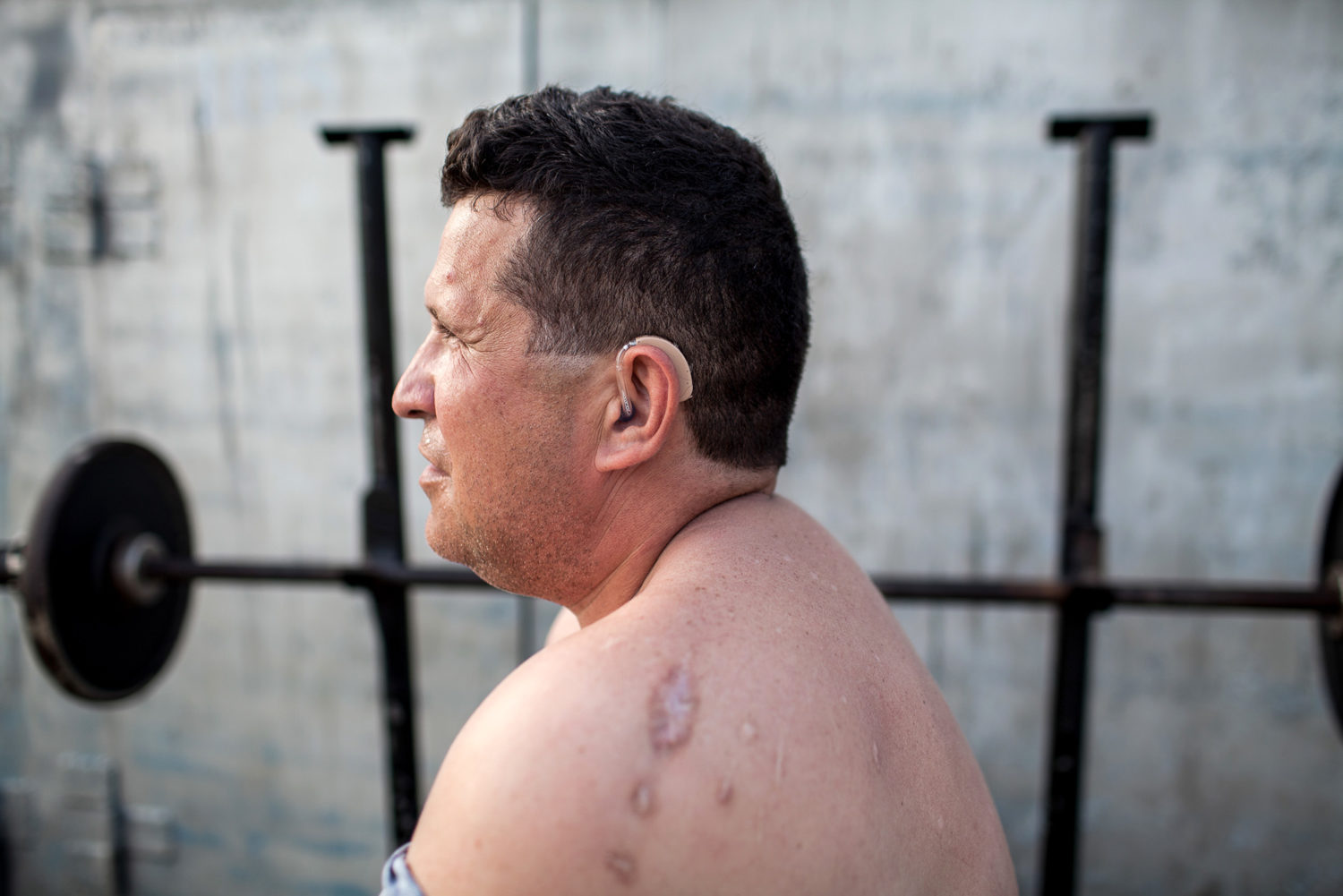
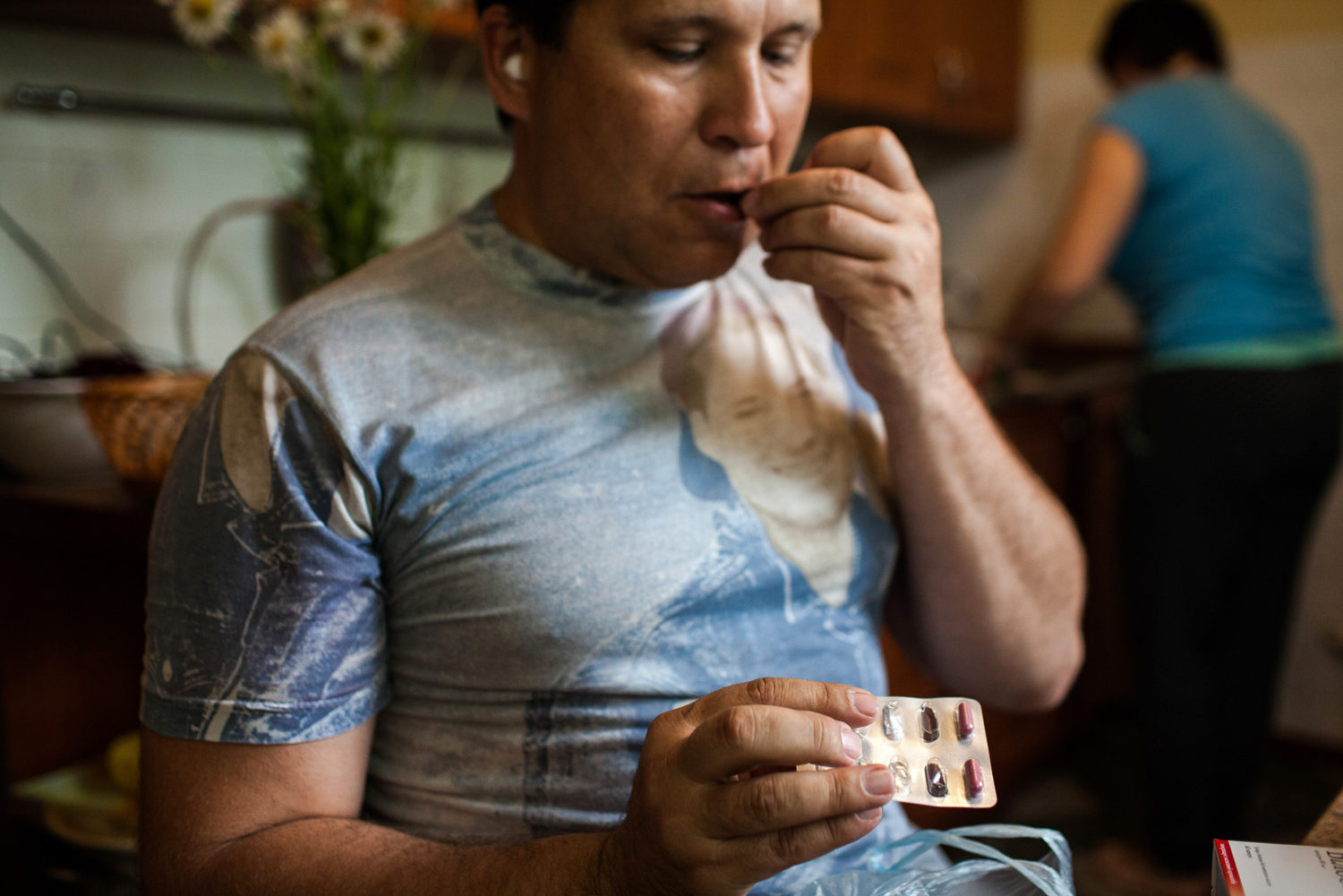
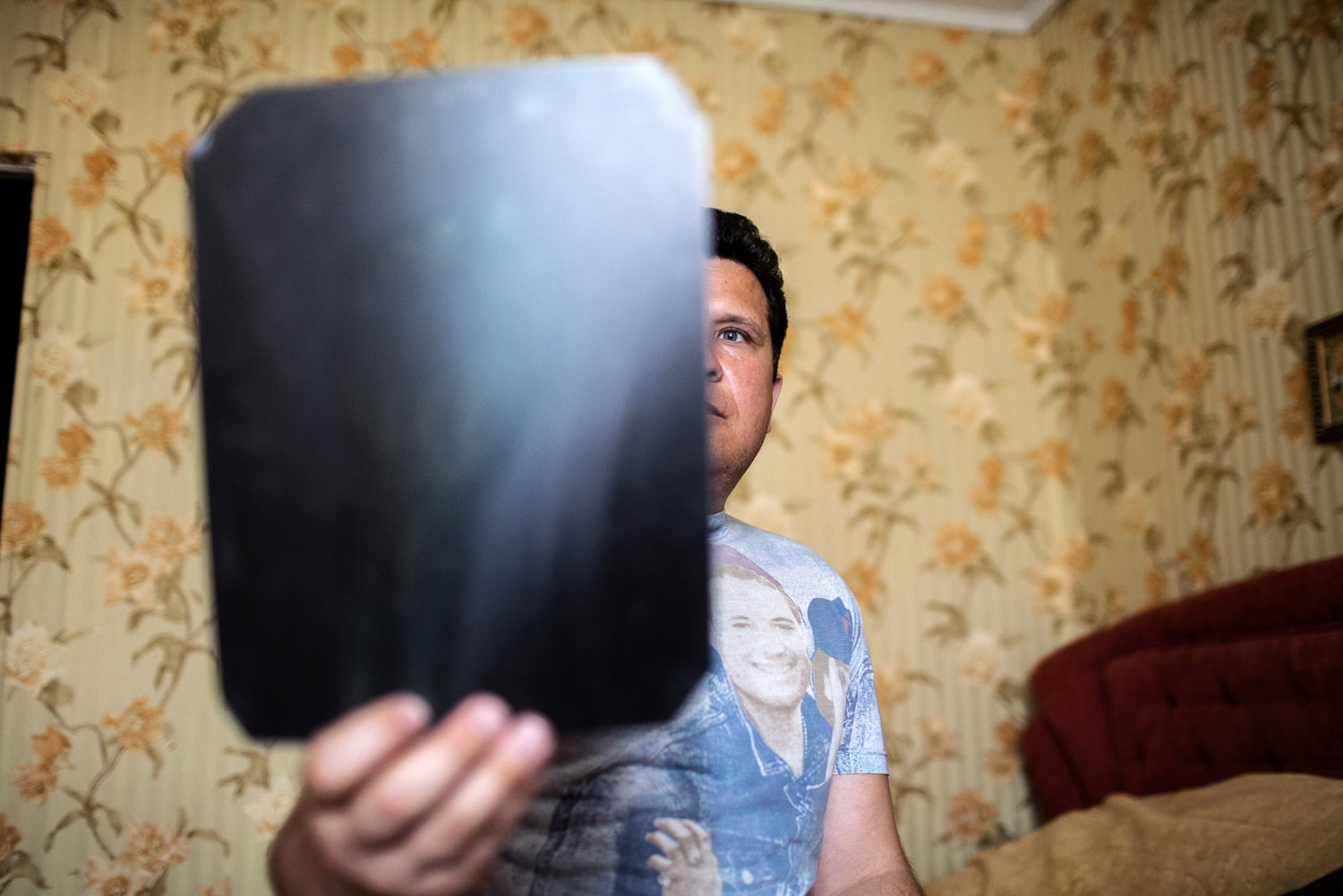
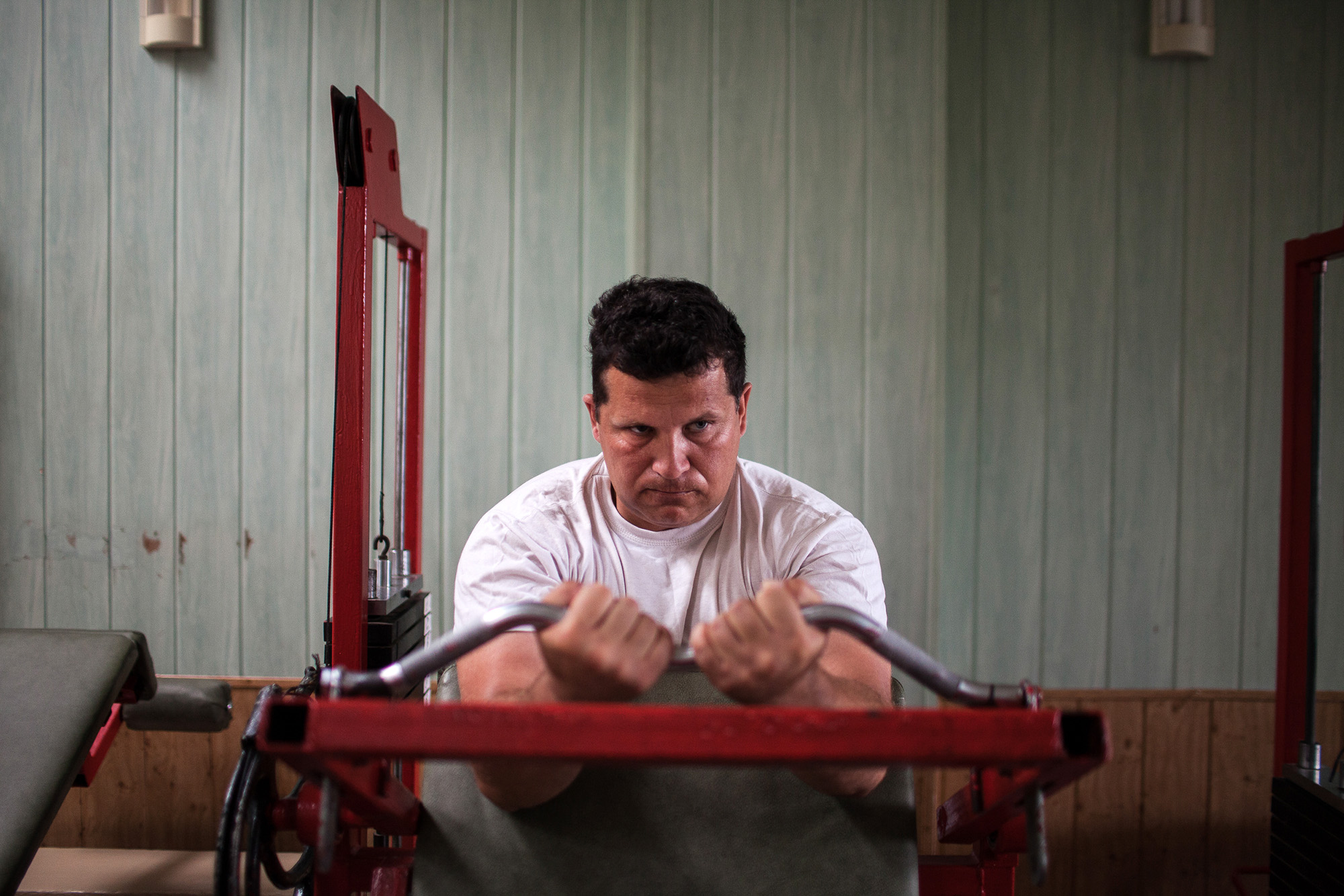
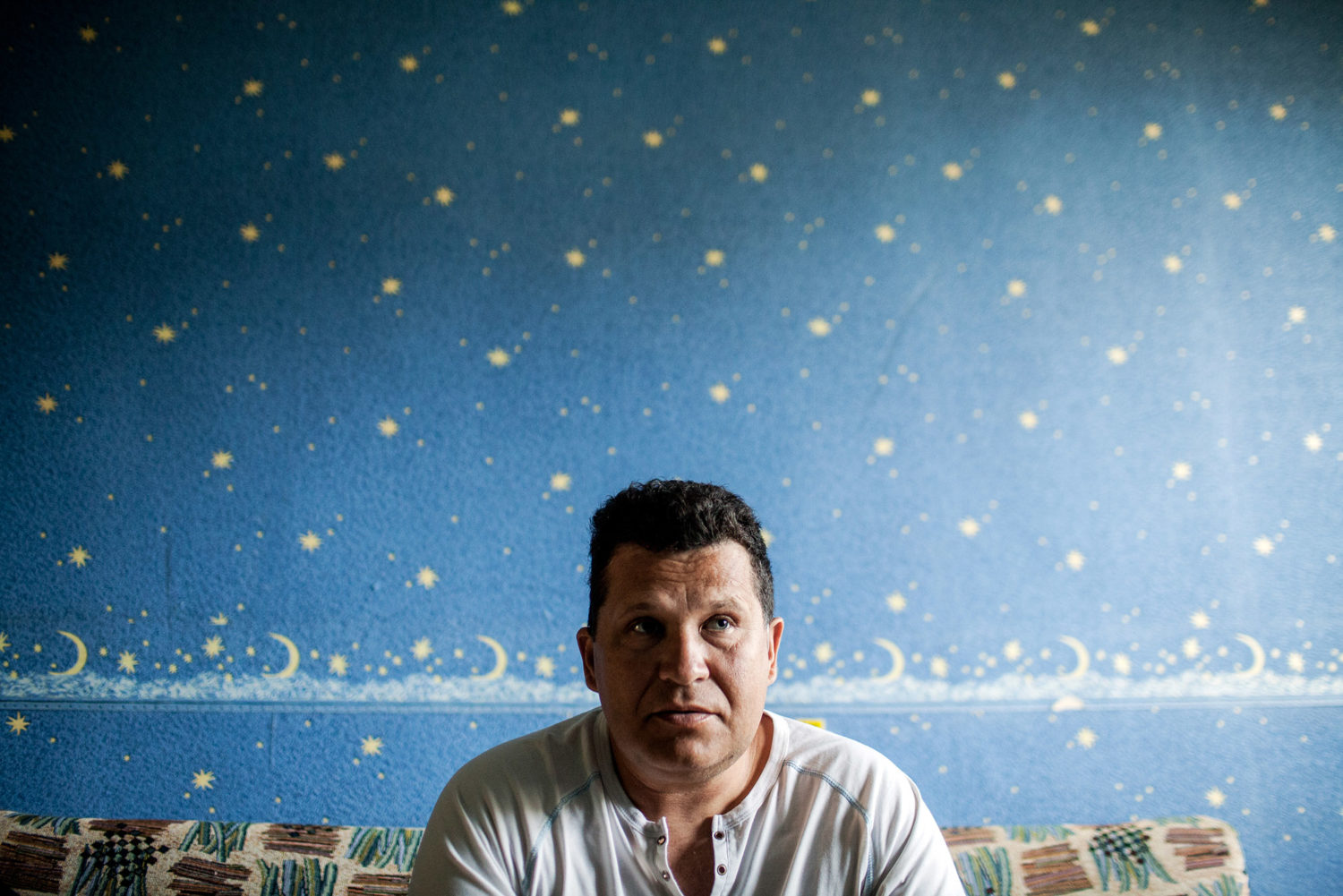
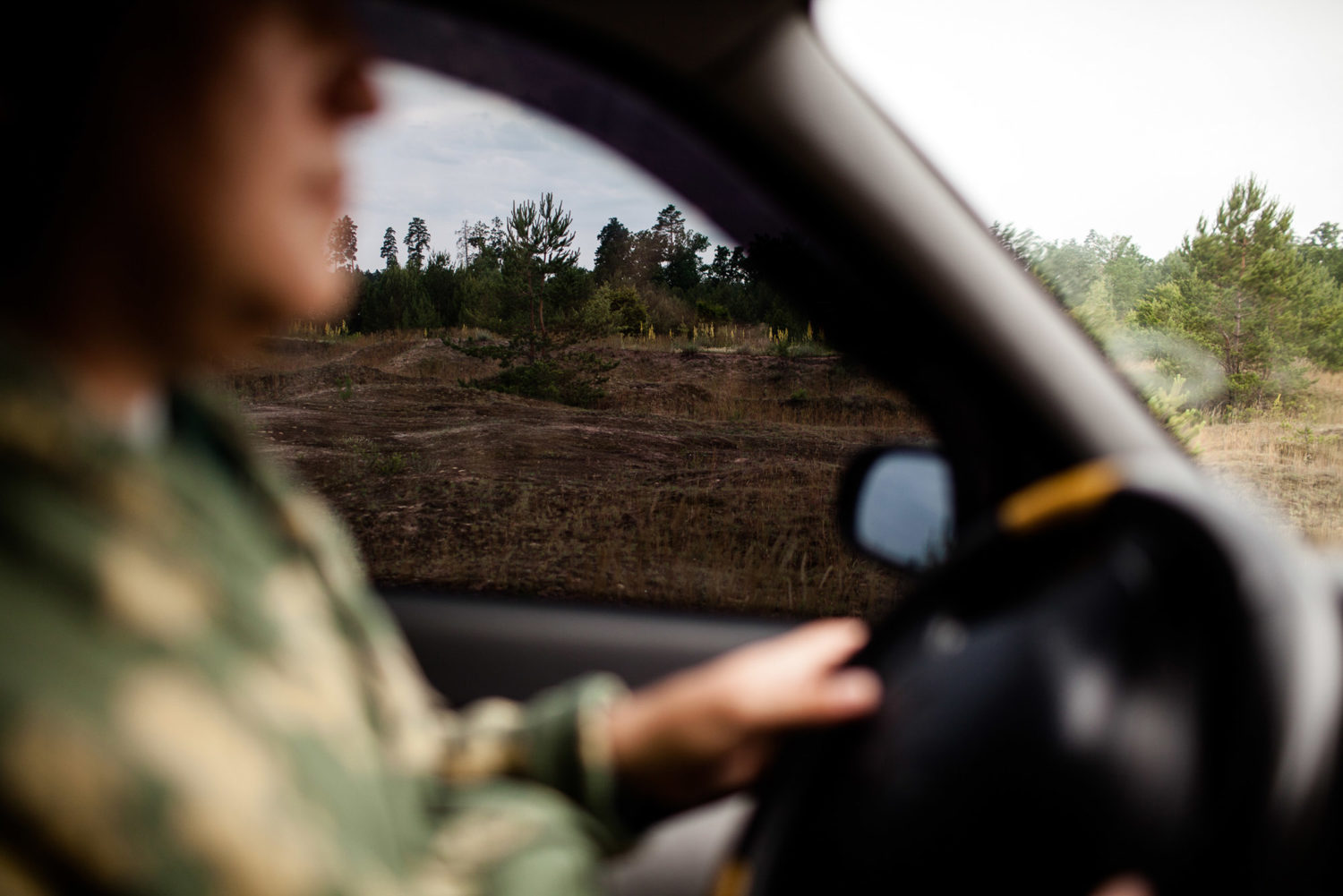
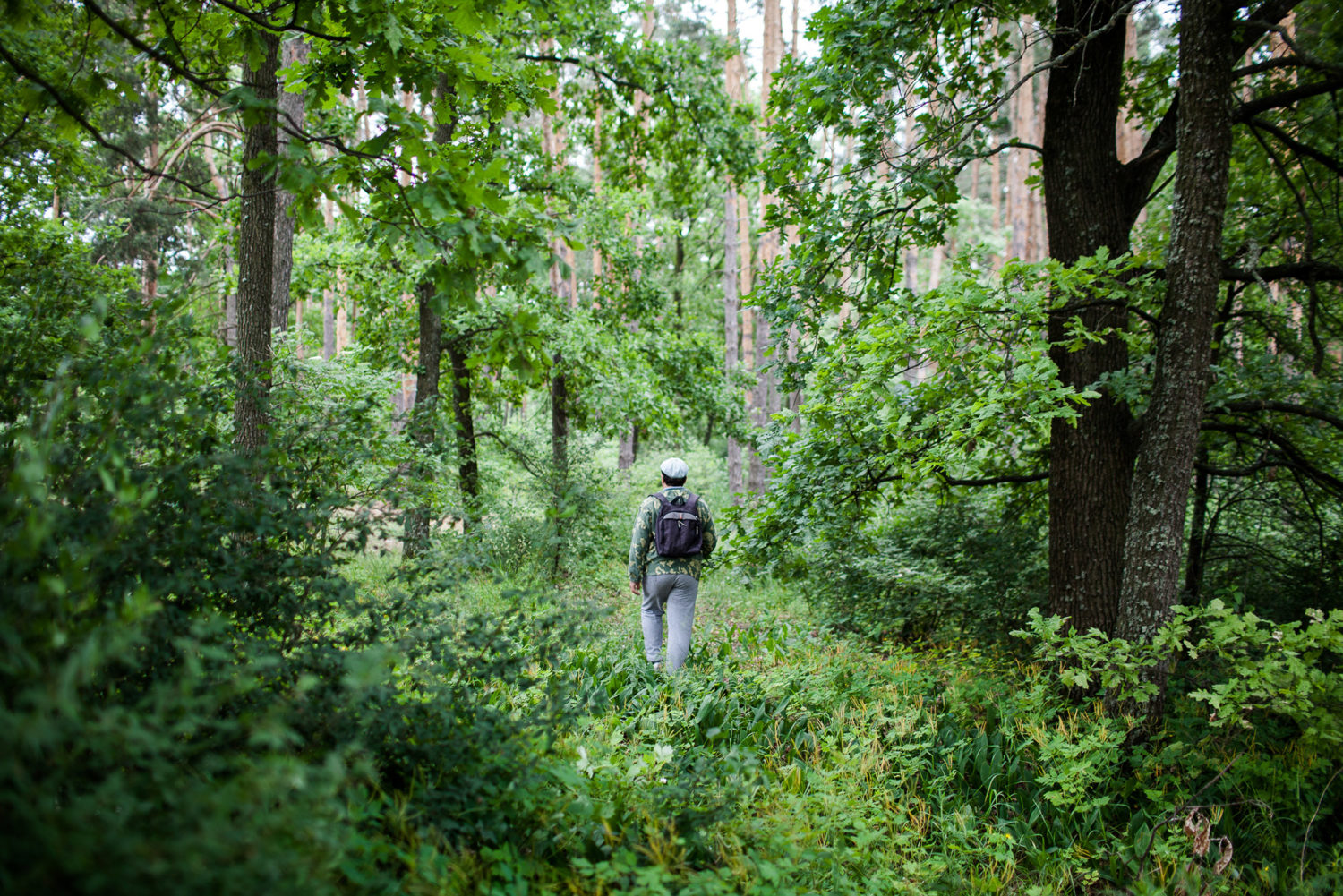
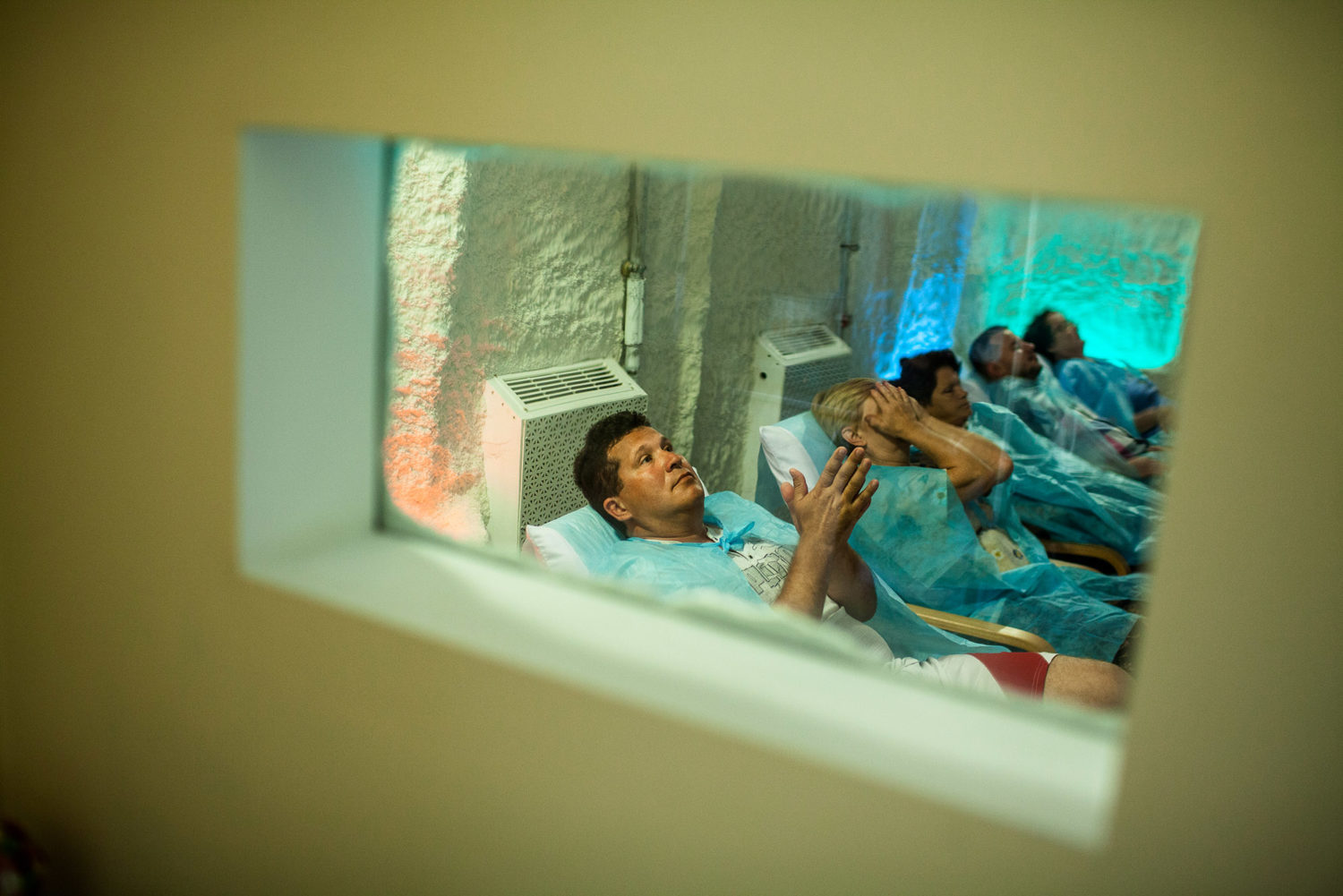
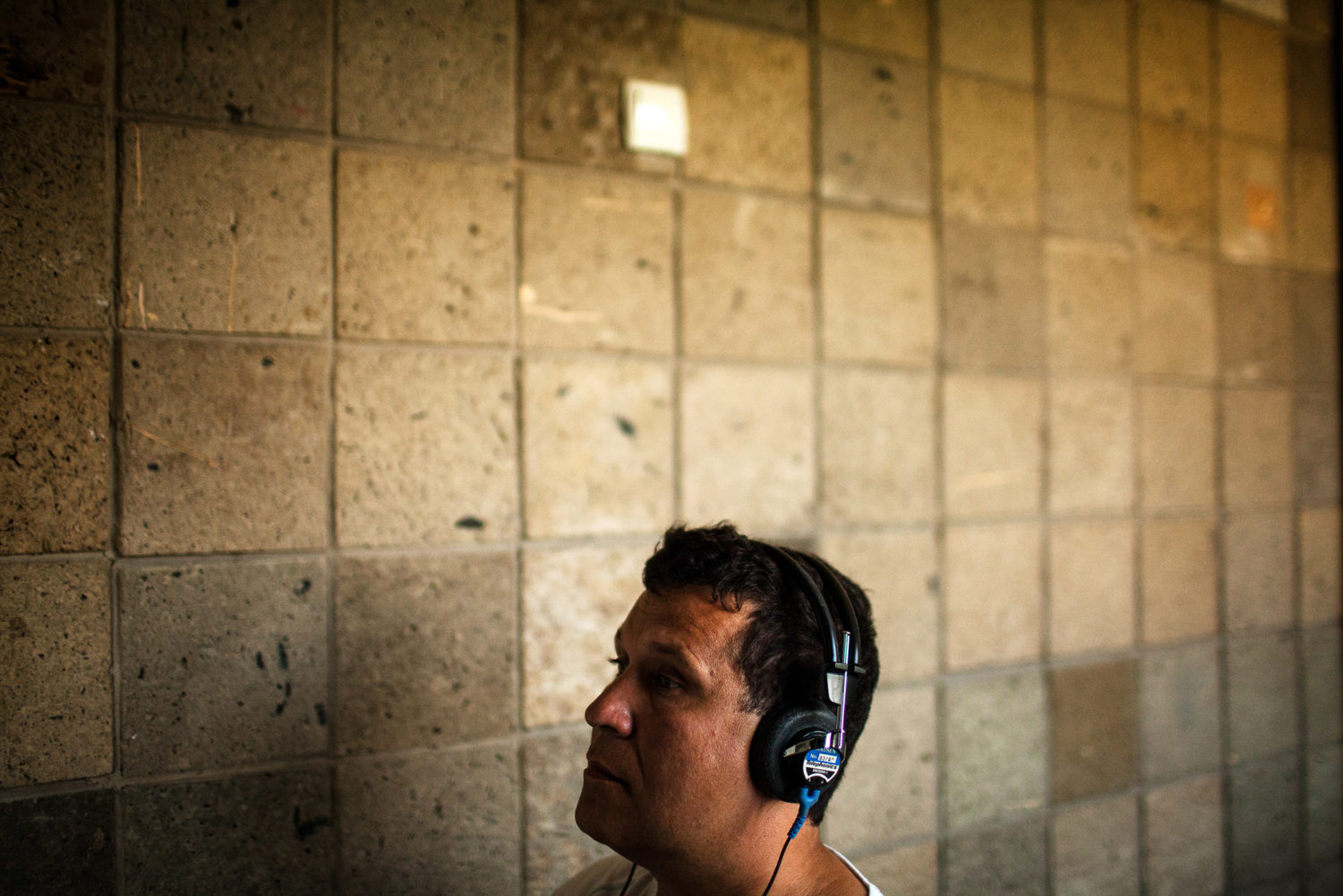
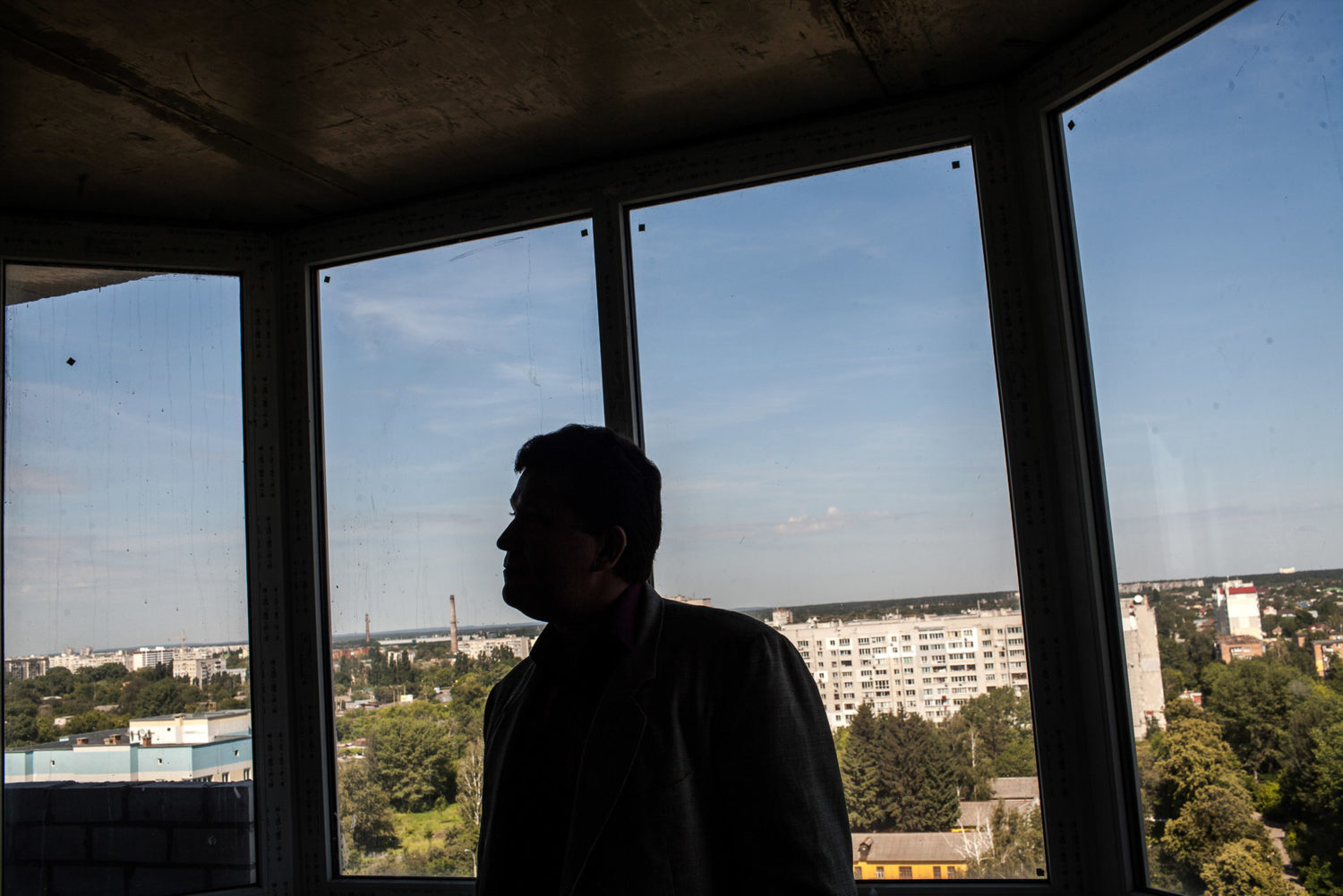
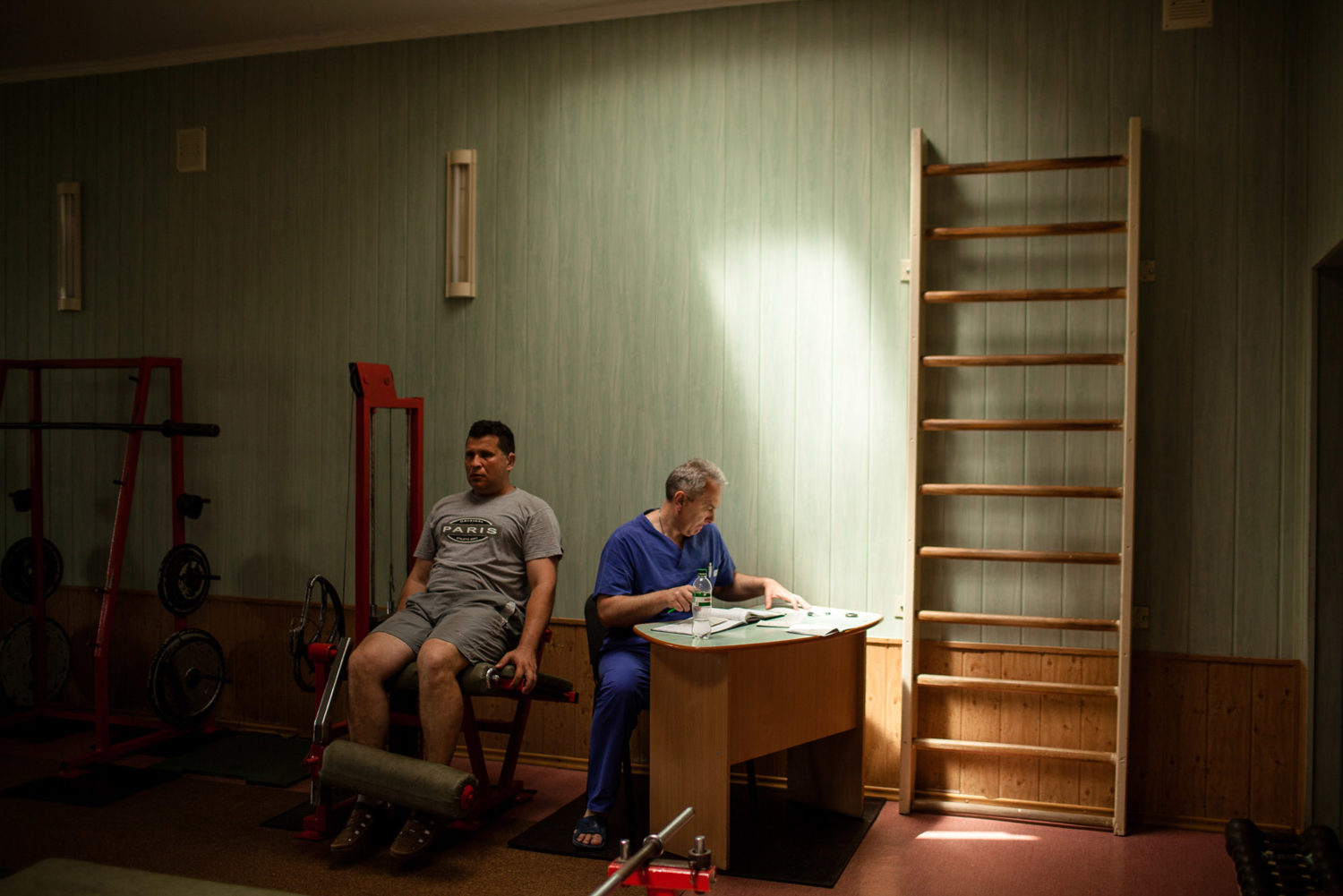
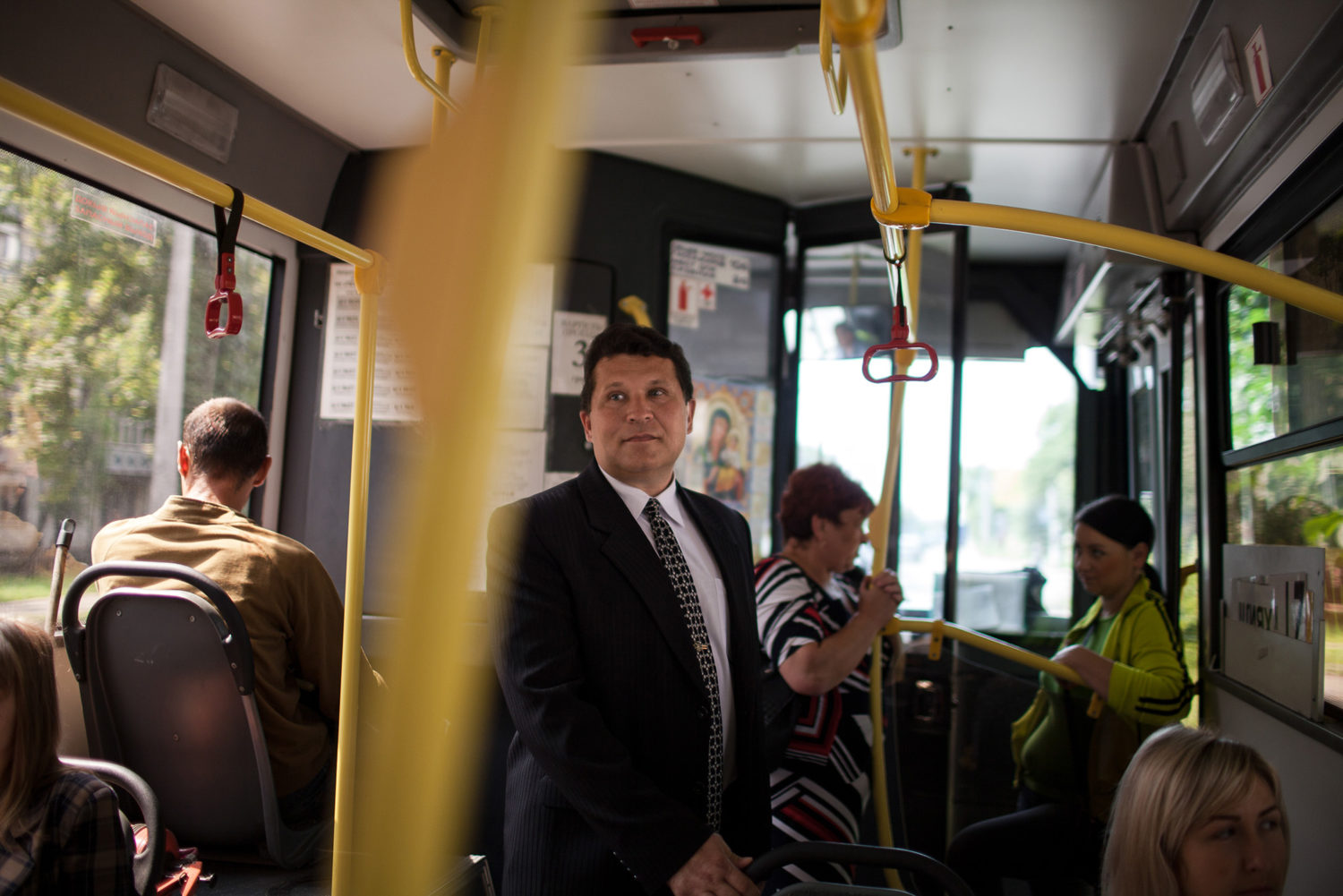
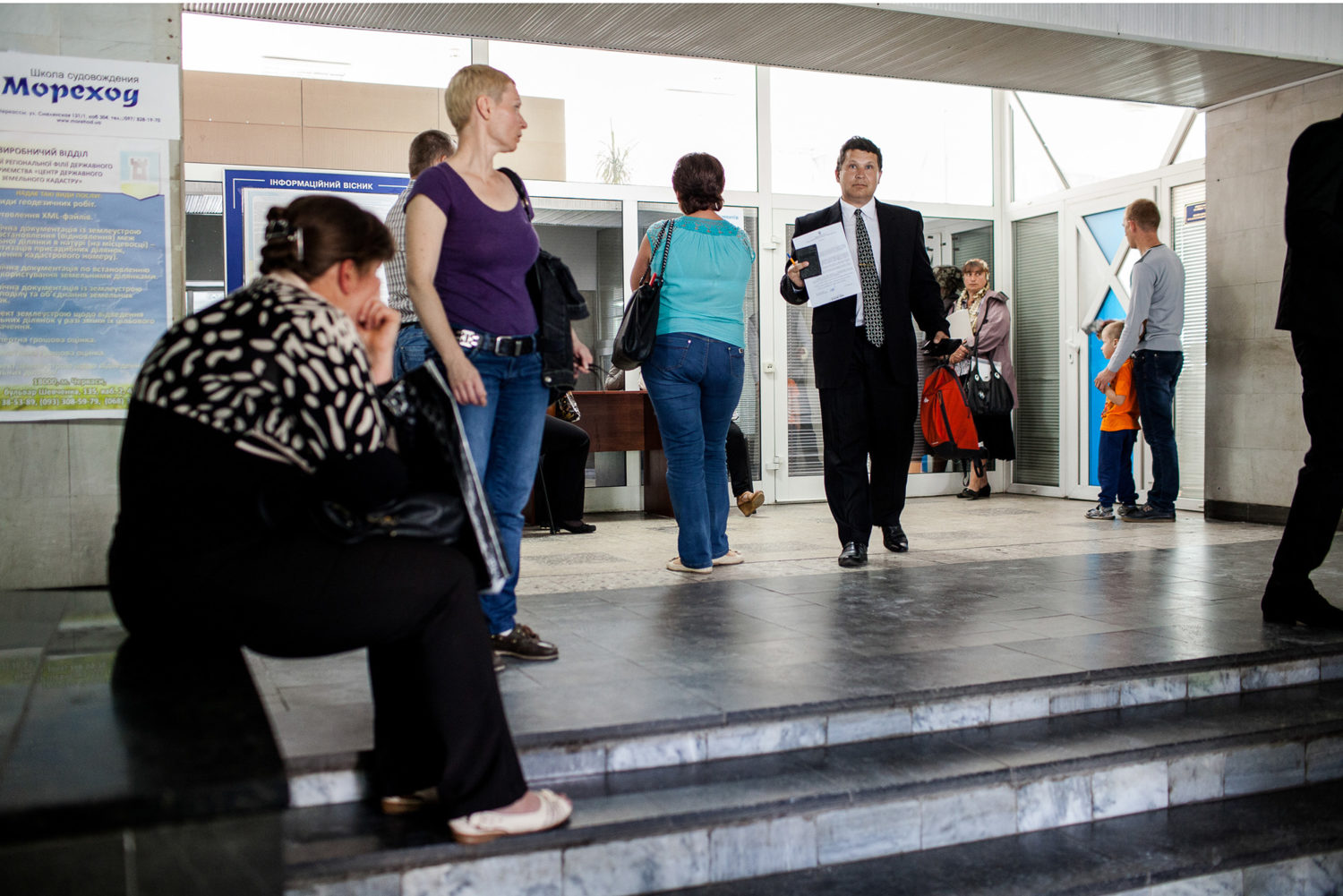
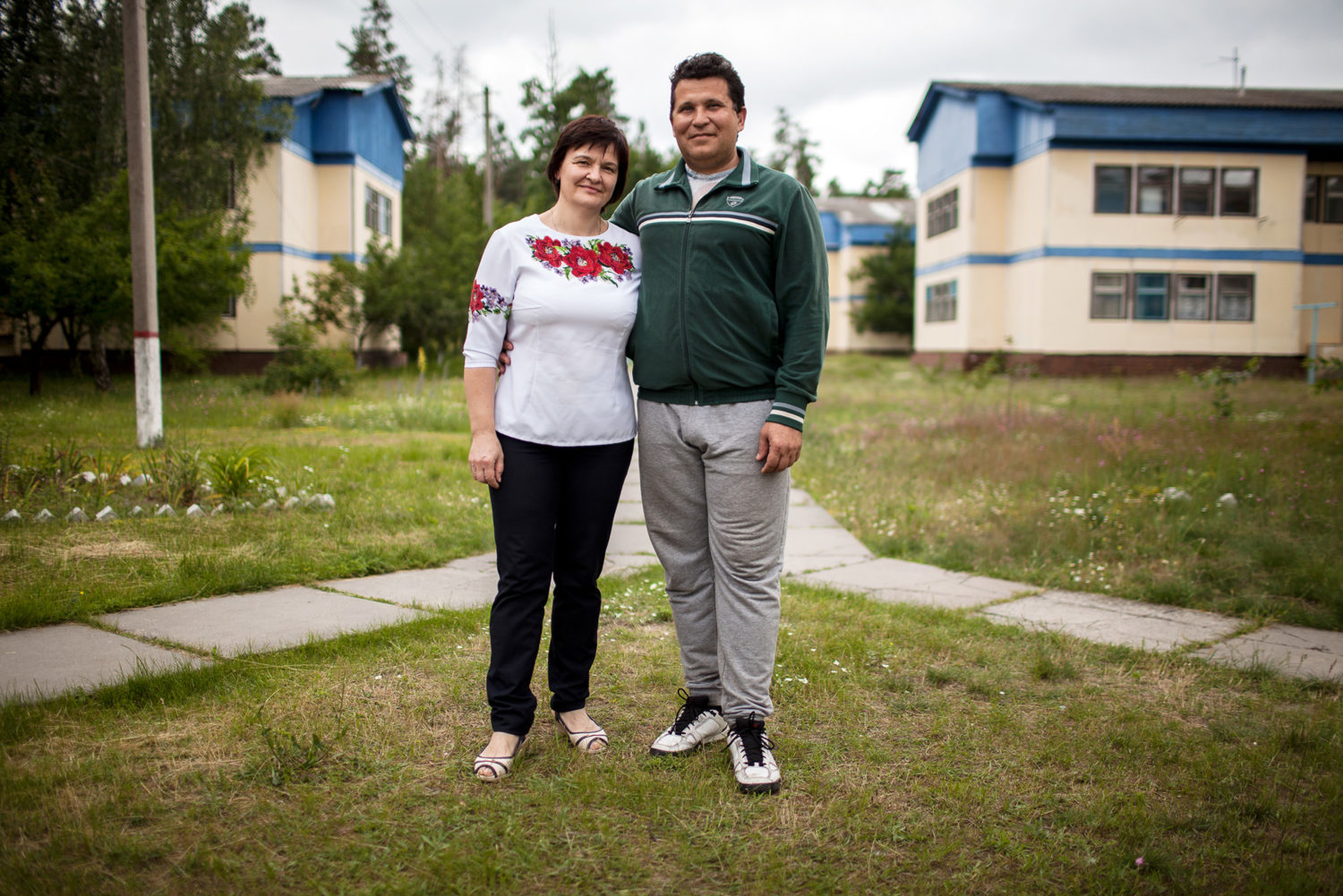
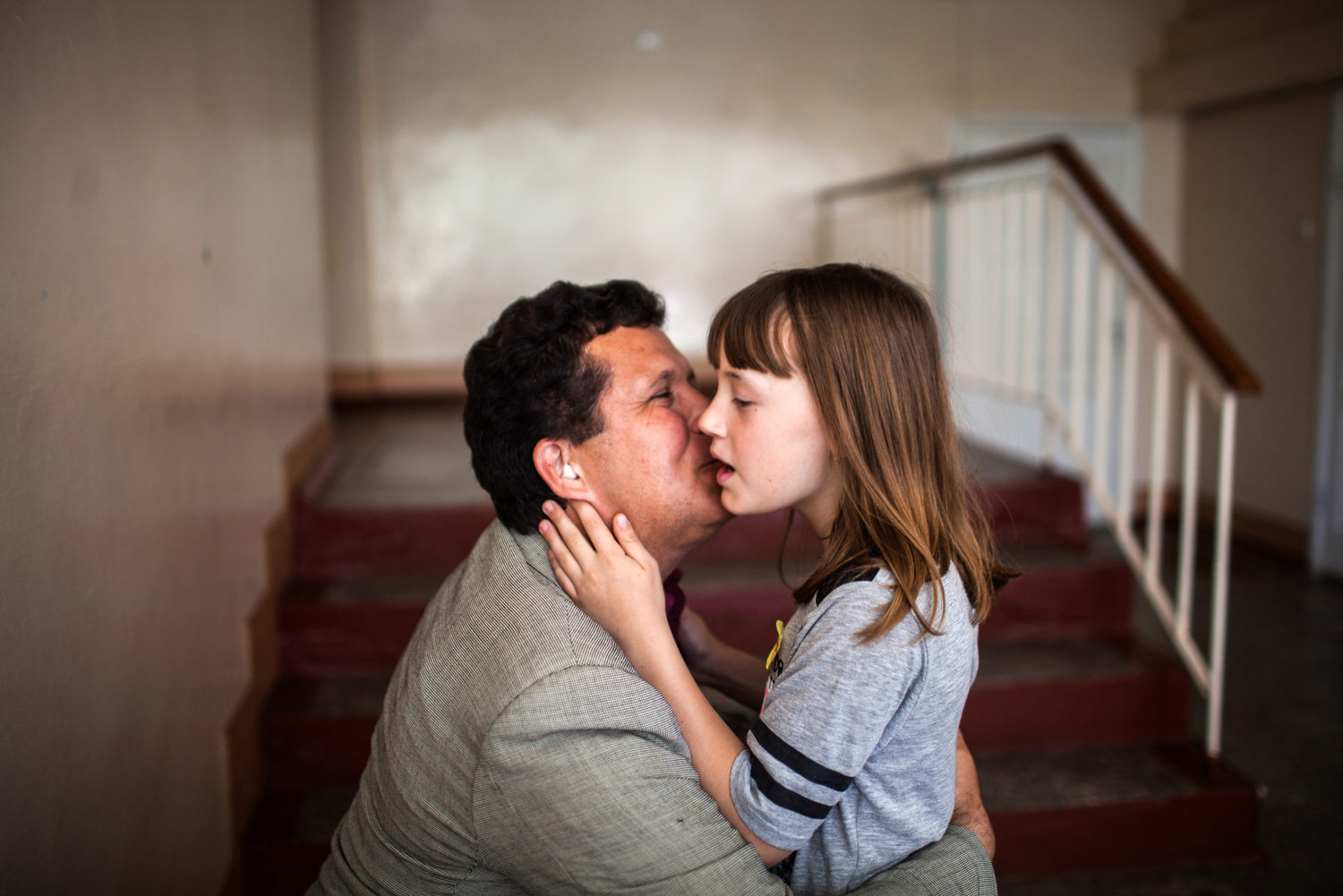
Translated by Ali Kinsella.
[This publication was created with support of the Royal Norwegian Embassy in Ukraine. The views and opinions expressed in this publication are those of the authors and do not necessarily reflect the official position of the Norwegian government].
Have read to the end! What's next?
Next is a small request.
Building media in Ukraine is not an easy task. It requires special experience, knowledge and special resources. Literary reportage is also one of the most expensive genres of journalism. That's why we need your support.
We have no investors or "friendly politicians" - we’ve always been independent. The only dependence we would like to have is dependence on educated and caring readers. We invite you to support us on Patreon, so we could create more valuable things with your help.
Reports130
More